nlopchantamang.com
Power to the People: Opportunities in the Participatory Economy
Amy McMillen
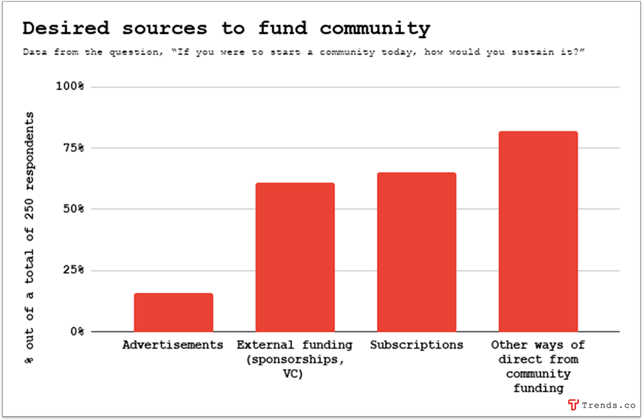
The Signal: With an overall rise in community development and privacy awareness, people are craving more transparent ownership and genuine interaction with the products they use day to day.
- Visits to Public.com, a social approach to investing where you can follow other investors, surged 6x in the last month.
- Interest in Twetch, a Twitter alternative where people can pay you for your posts, has exploded, growing from 80k to 1.5m+ total visits since December 2020.
These are just 2 examples of how individuals are changing from passive consumers to active contributors, part of a greater concept that investor and product strategist Sari Azout has described as the “participatory economy.”
The term boils down to 3 main ways of participation:
- Instead of just standing by as companies create products, more people are interested in co-creating the products
- The core product provides a network effect, helping more people to actively participate within the product or industry
- People share the company’s profits
The Big Picture: User-generated content (e.g., Wikipedia) and crowdfunding (e.g., Kickstarter) have been around for years. However, recent tailwinds have accelerated the growth of participatory strategies and products.
The shift in online platforms from open and ad-driven (e.g., Facebook, Instagram, Twitter) to closed and user-funded (e.g., Substack, OnlyFans, Patreon) is part of a greater movement toward data privacy and community ownership.
Additionally, recent SEC rulings in the US significantly increased equity crowdfunding caps for any individual to invest. Innovation in participatory funding is sure to follow.
We outline 5 opportunities in this nascent space, including:
Niche Creator Communities: Currently, most paid communities operate on a subscription model. Platforms like Substack and Patreon empower individuals to form their own paying fan base.
However, as Azout points out, “the problem with the subscription economy is there is no opportunity for fans to own assets, and further, subscription models don’t take into account the value that fans bring to their communities.”
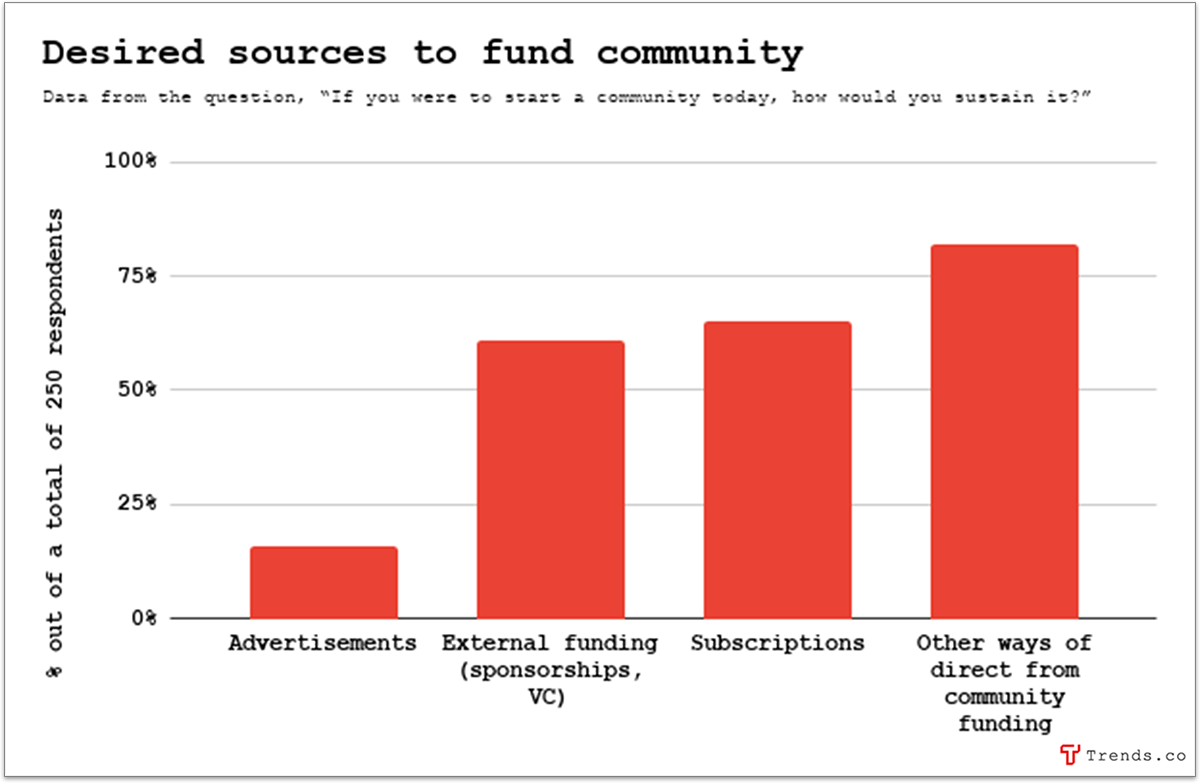
There’s an opportunity for communities to foster bidirectional relationships between fans and creators. And with the rise of micro-communities, you can go super niche.
Two examples are Resonate (total funding: $1m), a streaming music platform where artists and listeners share decisions and profits, and Ampled, where listeners support artists with social tokens.
Just like Resonate and Ampled are “Patreons of music” on steroids, you could apply similar models to different niches. Top-performing topics on Patreon include comedy, horror, and whiskey, each with creators making $200k+/year.
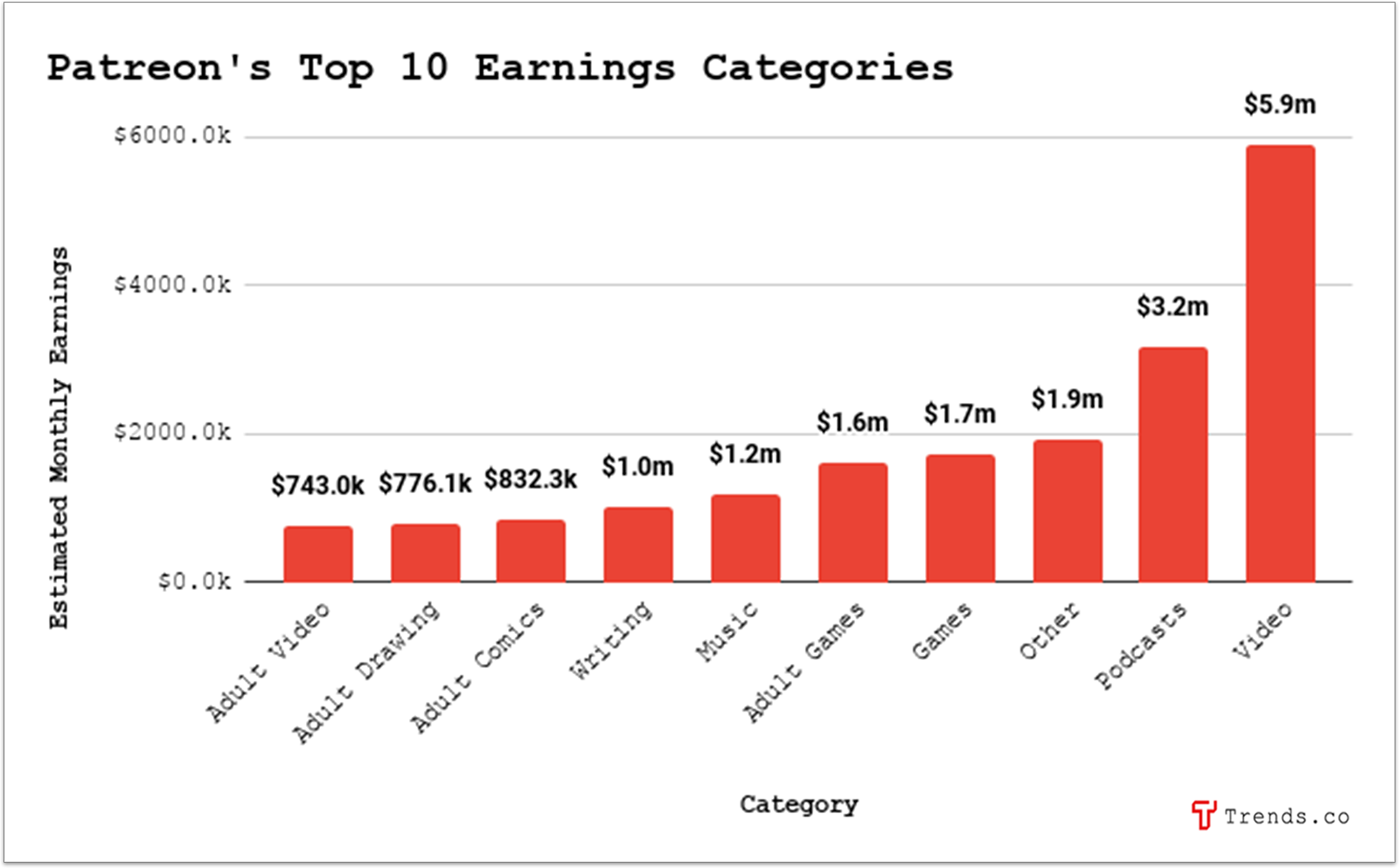
Unbundling Storytelling: Wattpad, a community storytelling platform where readers rate stories and interact with writers, just sold for $600m.
Like with the unbundling of Patreon, there’s space to drill deeper.
Some genres to get you started:
- Science fiction (r/ScienceFiction has 151k+ subscribers, growing 3x in the past 3 years)
- True crime (consistently a top podcast and documentary category with 90.5k searches/mo, per Keywords Everywhere)
- Romantic fiction (listen to the big business of romance stories on My First Million episode #147)
You could take a page out of ForgeFiction, which empowers readers to co-write chapters. Have some fun by productizing choose-your-own-adventure stories -- allowing votes for plot lines, characters, and more.
(And don’t miss our piece on chat fiction, or how stories told through text helped one app attract 100m+ teens.)
White-Labeling: Shopify’s unofficial slogan of “arming the rebels” speaks to its role in democratizing ecommerce.
Also enabling more people to participate in ecommerce is Storr (total funding: $7.1m), a peer-to-peer marketplace white-labeling products. Marketers, influencers, and loyal customers alike are able to turn into distribution channels and sell their own branded products.
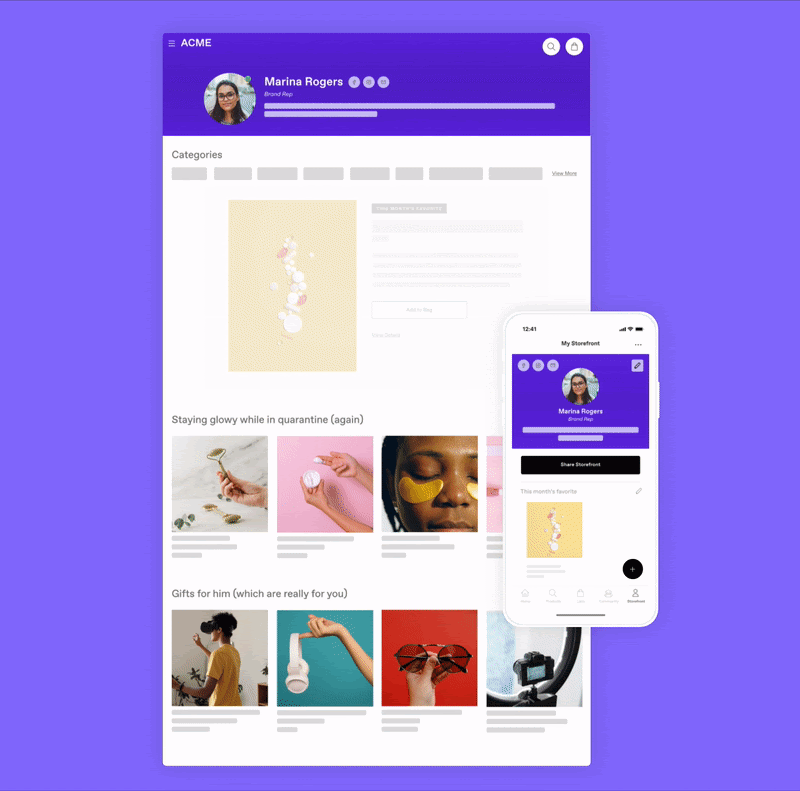
Like “Clout Kitchens,” there’s opportunity to white-label almost anything to create Clout X for influencers, from coffee (think Chamberlain coffee) to candles (see our Flare on status candles).
You could specialize in streamlining supply chain, manufacturing, and packaging, empowering more people to focus on what they do best already -- branding.
Many-to-Many: Other industries are also ripe for increasing active participation among users.
Commonstock (total funding: $9.7m) is an investing community that allows you to see when, why, and how people are trading. Like our Signal on Strava for X, you could create similar social networks for personal finance to educate and incentivize people around budgeting or saving.
MindStreaks is an app that unlocks the many-to-many model for mindfulness, using peer accountability and streak mechanics. Why not apply these principles for sleep?
Supporting Tools: The rise of participatory approaches also brings B2B software enabling such functions.

For example, Canny.io offers a centralized tool for customer feedback that easily integrates into any website (and recently hit $1m in ARR).
Two other tools you could create:
- Collaborative creating and governance: You could embed collaborative design tools (think Miro or Figma) throughout the customer journey. You could also reward loyal customers by granting more decision-making power within the co-creating process.
- Aligning profit-sharing: Carta, an equity management system valued at $6.9B, manages profit-sharing within startups. Fairmint (total funding: $1.2m) combines Carta and Kickstarter, extending profit-sharing to customers of any product. You could expand on this by aligning financial rewards with co-creation or engagement (lack of engagement is the No. 1 frustration of community managers).

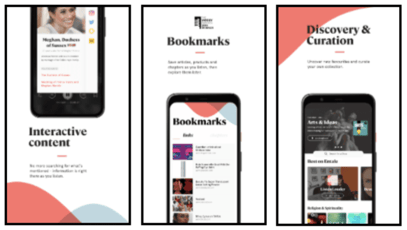
Leave a Comment